From a 200-year-old theodolite that criss-crossed India to the spectrometer that showed the world the Raman Effect, here is a brief, and rare, chance to see these historical scientific instruments
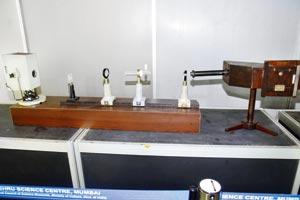
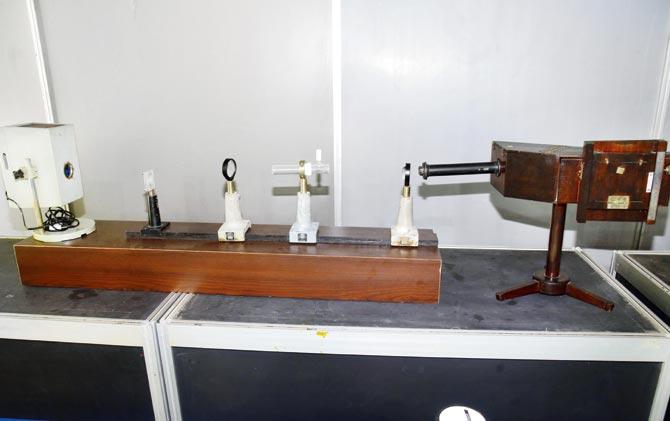
The spectrometer was used to observe the Raman Effect in action
ADVERTISEMENT
It took 70 years, six surveyors, hundreds of workers, and thousands of miles on foot to complete the Great Trigonometrical Survey of India. The survey was initiated in 1802 by an infantry officer, William Lambton, in the expanding reign of the East India Company, to chart a map of the British territory from then Madras to Mangalore. The outcomes of this survey are relevant and indispensable even today: the map of the Indian subcontinent as we know it, the exact size of the Earth, the height of the Himalayan giants — Everest, K2 and Kanchenjunga — and other such scientific data, all came from this historical survey.
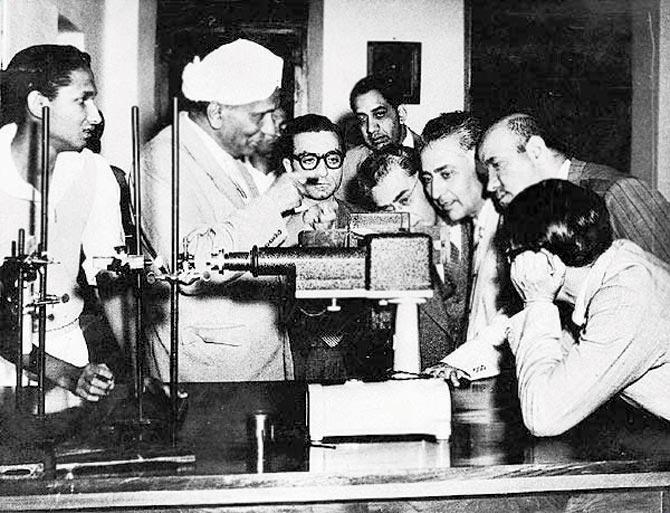
C V Raman showing the spectrometer to students
Aiding Lambton in his survey was a giant 456-kg theodolite, a precision instrument used to measure angles, that was mounted with spirit levels and micrometers, and topped with a telescope. And now, the accomplice to the Great Trigonometrical Survey of India is in Mumbai, for the first time, at the Nehru Science Centre, Worli. The Lambton theodolite, along with five other historical scientific instruments, will be shown to the public for three days in an exhibition opening on May 11, observed as National Technology Day.
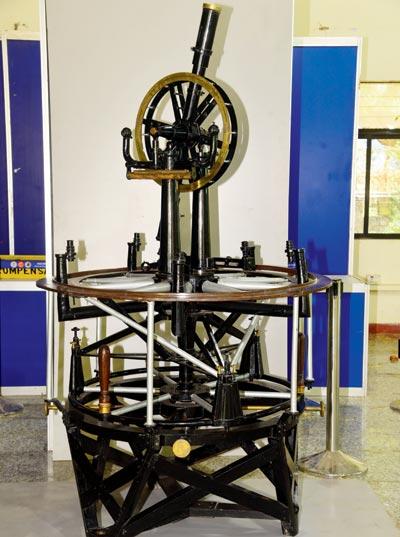
Everything we know about the map of the Indian subcontinent is thanks to the theodolite
Knowing the land
"This wasn't just a monumental survey for India, but for the whole world. It gave us the values for the curvature of the Earth from pole to pole," said Shivaprasad Khened, director of the Nehru Science Centre. He says that Lambton, and successive surveyors, including George Everest, after whom the world's tallest mountain is named, had to make several perilous journeys through jungles and scaling temples. "The British were keen to understand the terrain after they defeated Tipu Sultan, to have an advantage over the princely states," said Khened.
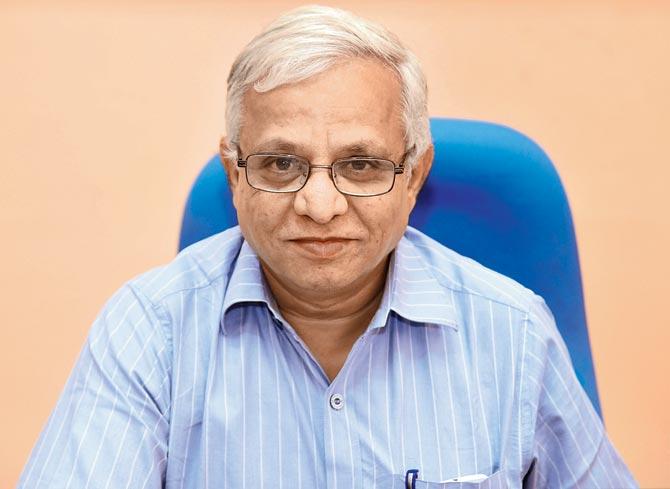
Shivaprasad Khened
"There is the extreme view that India was the source of every scientific discovery and invention, and, on the other hand, the misconception that India is a land of ignorance. We have to find the middle ground over here," added Khened. The instrument is currently under the possession of the Indian Institute of Survey and Mapping, Survey of India, Hyderabad. Now on its way home from an exhibition in London, the antiquated scientific instrument is on a short layover in Mumbai.
Made in India
While the imposing theodolite may seem like the hero of the exhibition, Khened drew our attention to the spectrometer designed and used by path-breaking Indian physicist C V Raman around 1928. In the possession of the Indian Association for the Cultivation of Science, Kolkata, the spectrometer was originally used to observe the effect of Raman Scattering, the discovery that earned the scientist a Nobel Prize in 1930. The Raman Effect relates to the change in the wavelength of light that occurs when a light beam is deflected by molecules — the same principle that gives the sea its colour, as sunlight is scattered by water molecules.
"This instrument was truly made in India, with local materials that Raman found in Calcutta," said Khened. The spectrometer has six different components, but the instrument is not in working condition, as its inner contraptions are missing. Despite the natural wear and tear of time, there is no doubt that there is beauty in these instruments.
"We must not forget that during the Industrial Revolution and even after, all these were works of art, as much as Tipu Sultan's rockets or Charles Babbage's computer," said Khened. As Khened put it, it is not the instrument, but the willpower and the genius that their users brought to them that are showcased in the exhibition. "It will be motivation for future Ramans in Mumbai," he added.
1802
The year in which the survey was undertaken with the theodolite
1928
The year in which C V Raman designed the spectrometer
 Subscribe today by clicking the link and stay updated with the latest news!" Click here!
Subscribe today by clicking the link and stay updated with the latest news!" Click here!






